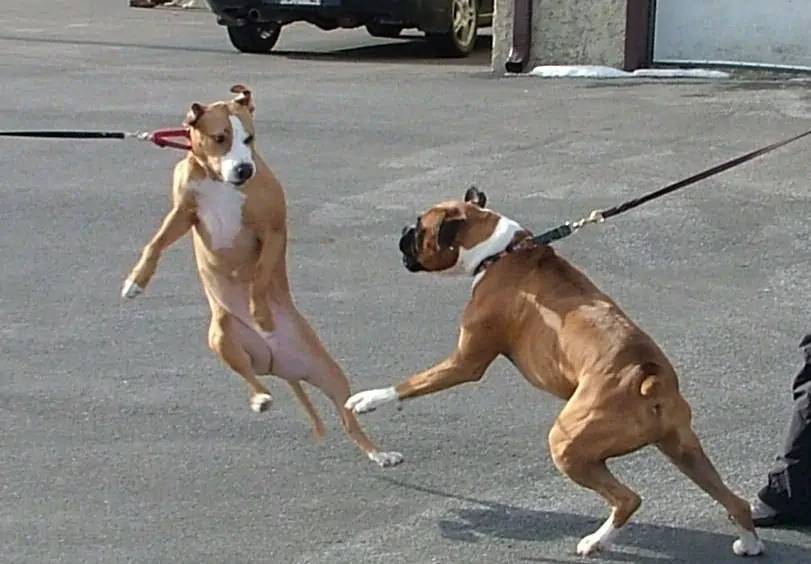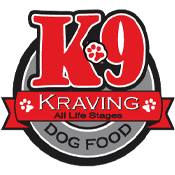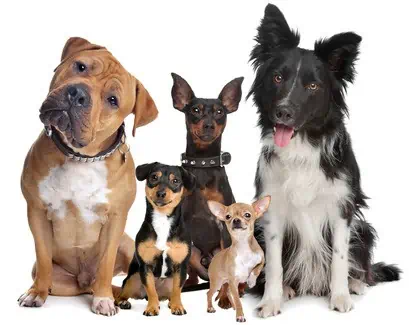How to Stop Leash Aggression

Does your dog bark and behave erratically while on the leash? Have you tried multiple forms of leash training without any luck? Some dogs are naturally better leash-recipients than others, but most dogs can be trained to act respectful and calm on a leash. The key is to understand why your dog is behaving a certain way and do all you can to prevent or counteract those reactions. This guide explains how to stop leash aggression so you can enjoy walks with your furry friend.
Get a No-Pull Dog Harness
If your dog is constantly pulling on the leash, a collar could cause damage to his or her neck over time. In general, no-pull harnesses that wrap around a dog’s front shoulders are better to use than collars because they are designed to distribute the weight of the pull across a larger portion of the dog’s body. This is especially true for dogs who express leash aggression because of how much pulling and tugging they do on their own. Getting a no-pull harness will prevent your dog from being in pain, and it will give you better control of him or her while you are on a walk.
Train Your Dog to “Look at That”
Dogs with leash aggression are often most agitated when there is a stimulus in the area, like another dog or a person they do not know. You probably won’t be able to distract your dog from the stimulus entirely, but you can train him not to stare intently. The best way to do this is to use a clicker. Start by practicing with another person or another dog in a large, open area. Have the stimulus come into view a long distance away from your dog. When your dog sees a stimulus, click until the dog looks at you. Reward the look with a treat. Then walk away from the situation and repeat until your dog instinctively looks at you when he sees a trigger.
Once you get your dog in the habit of looking at you, you can tell him to “look at that” and point at the stimulus. This gives your dog a chance to see what is going on without having to feel in total control of the situation. After your dog has a chance to look at the stimulus, use the clicker to get him to look back at you. Reward with another treat.
You can repeat this entire process while slowly reducing the amount of space between your dog and the trigger. If your dog seems highly reactive at a certain distance, move back until he gets comfortable. Always work at your dog’s speed, not your own.
Don’t Settle for Quick Fixes
With most forms of dog training, there is an awkward period before the dog understands what’s going on where you have to encounter some embarrassing looks from other people and pet owners. Don’t let this deter your training. You may be tempted just to pick your dog up or yank on his leash to get him to stop barking, but that isn’t a permanent solution to the problem. You need to find a way to stop your dog’s leash aggression so you don’t have to rely on quick fixes later on.
Understand Your Dog’s Triggers
You may not be able to get your dog to fully cooperate on the leash. This is especially true for foster and adopted dogs with unknown or abusive backgrounds. There may be some triggers that your dog reacts to no matter what, depending on his past. Identify what those triggers are and do your best to avoid them. If your dog does well at the park but not in the store, don’t take him to the pet store with you. If he responds well to adults but not children, don’t take him around a playground. Be respectful of your dog’s personal limitations, and do your best to work around them.



